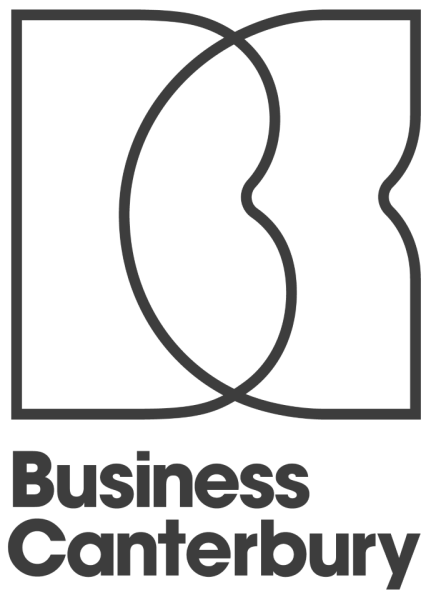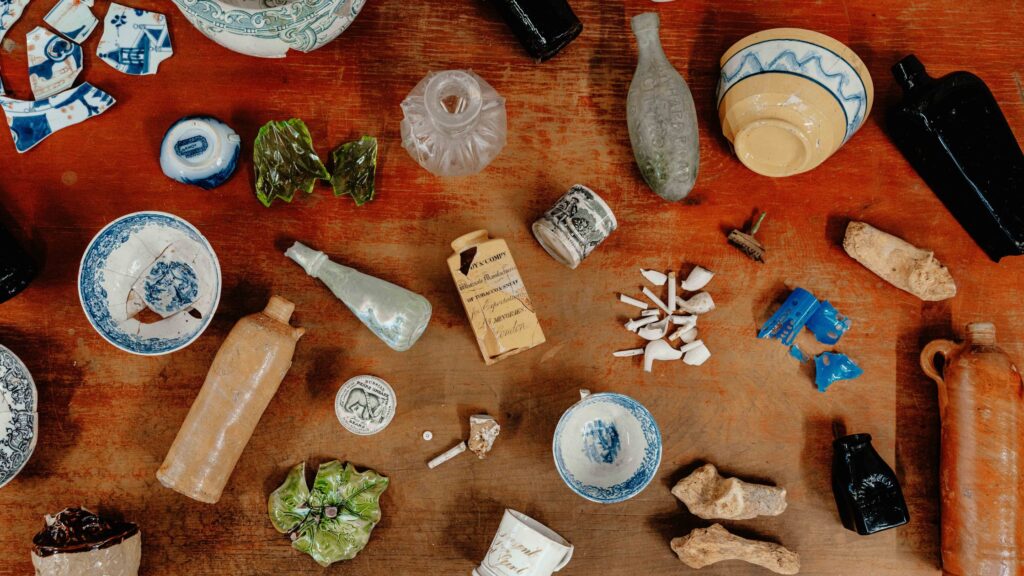A 100-year-old Ballantynes sign, evidence of 19th century fraud and tobacco pipes made of clay are among thousands of artefacts now on display in New Zealand’s first-ever online archaeological museum.
Since the Christchurch earthquakes, Canterbury archaeologists have unearthed more than a million artefacts, some dating as far back as the earliest human settlement of Ōtautahi. Thousands of them are now preserved digitally at the Museum of Archaeology Ōtautahi, the country’s first online archaeological museum.
“We’ve literally been able to unearth the past. The millions of artefacts we’ve uncovered paint a vivid portrait of 19th century Christchurch. Many of the stories are connected to the city’s residents today,” says director Katharine Watson, who is part of a small team that has spearheaded the project.
After the earthquakes, Katharine says Christchurch experienced a “big dig”, as anyone undertaking earthworks on a site where there had been human activity prior to 1900 was required to have an archaeologist present during the work.
“You would never usually get a chance to capture this kind of information. If it wasn’t for that ‘big dig’, the treasures we have uncovered would have remained hidden beneath the city’s streets. One of my favourite finds was the discovery of a crime over 100 years old, by a man named Charles Henry Cox, a joiner who lived in what is now Harvey Street in Richmond.”
He was selling Hauthaway’s blacking polish, a well-known brand at the time and rebottled the product to claim it as his own.
“The short-lived nature of this scheme suggests it wasn’t very successful, but it’s evidence of the many and varied ways people sought to improve their circumstances in 19th century New Zealand.”
Thousands of locations were investigated, including iconic sites like Te Pae Convention Centre, The Piano, the former Performing Arts Precinct, and the Christchurch Town Hall.
For many years, Katharine and her team have stored the artefacts at storage units across Canterbury. Every item has been carefully researched, photographed and catalogued. Some have even been reunited with the descendants of their original owner.
“I believe it’s incredibly important to preserve this slice of history. It’s information we can’t learn in any other way. Creating an online museum is about making it accessible for people, whether it’s someone looking for a family link or someone interested in the subject of colonialism. No matter who you are, you’re bound to find something of interest in the collection.”
Jessie Garland, who works alongside Katharine, says she’s regularly asked about her favourite discovery.
“We uncovered a time capsule and inside it was a deed signed by my great- great-grandfather in 1894. It was found at the St Albans Methodist Church on Papanui Road. It looked like it could have been written yesterday. To see my great-great-grandfather’s name among the words made the experience so special and made the past familiar.”
Other treasures include century-old “Frozen Charlotte” porcelain dolls, remnants of brick fireplaces, an early 20th century Ballantynes sewing machine and metal belt buckles. The oldest artefact is a British silver half-crown from 1835, featuring the profile of William IV, the King of England between 1830 and 1837.
When viewing the collection, Jessie encourages people to share their own stories. “If you think you may have a personal connection to an artefact, or the location it was found, make sure you tell us about it. Then we can continue to weave together the stories of our past, and connect them to our present, so they can be told by future generations.”
The Museum of Archaeology Ōtautahi (MoAŌ) can be found at www.museumofarchaeology.org














